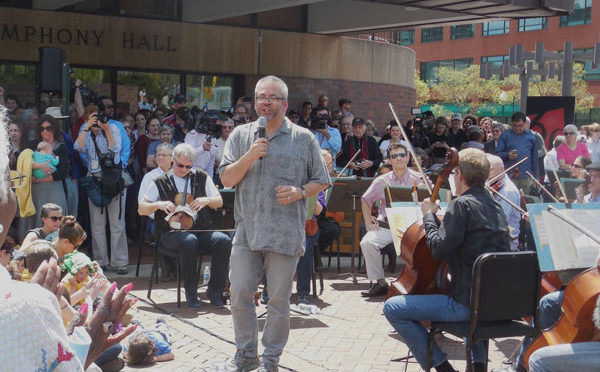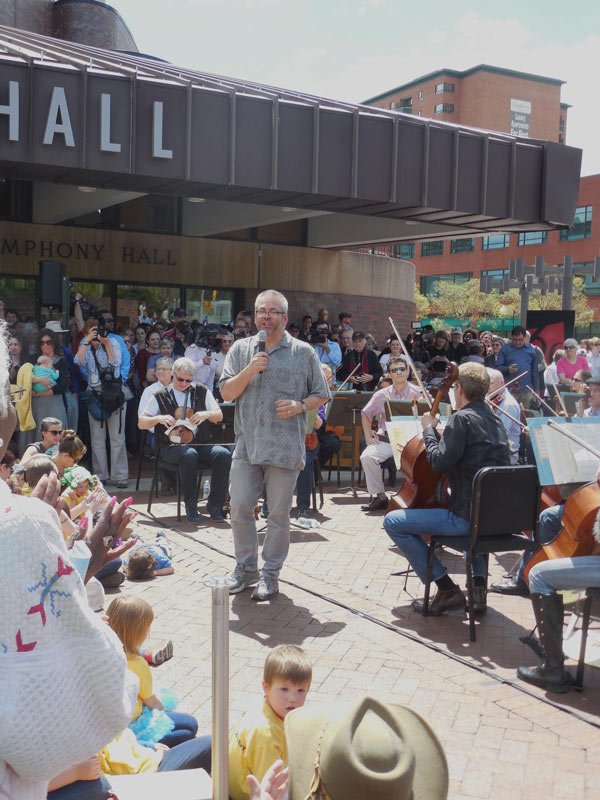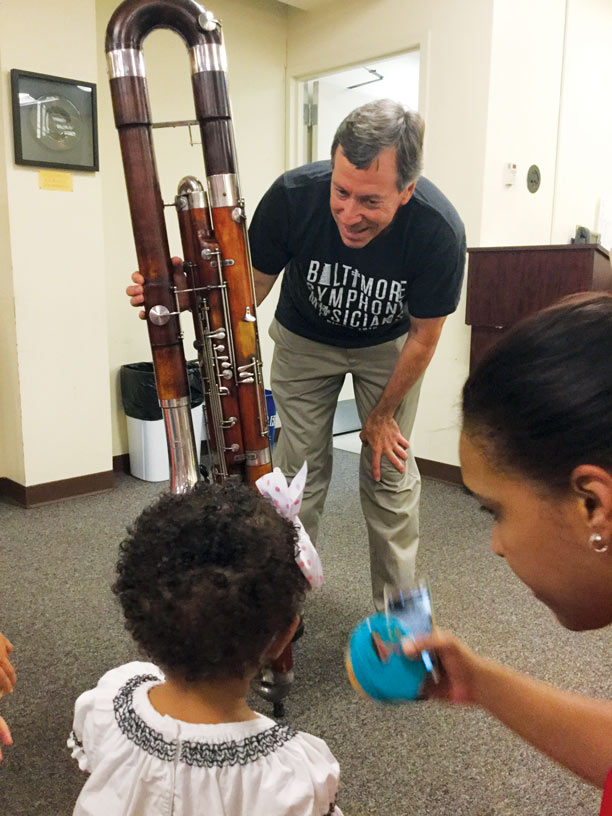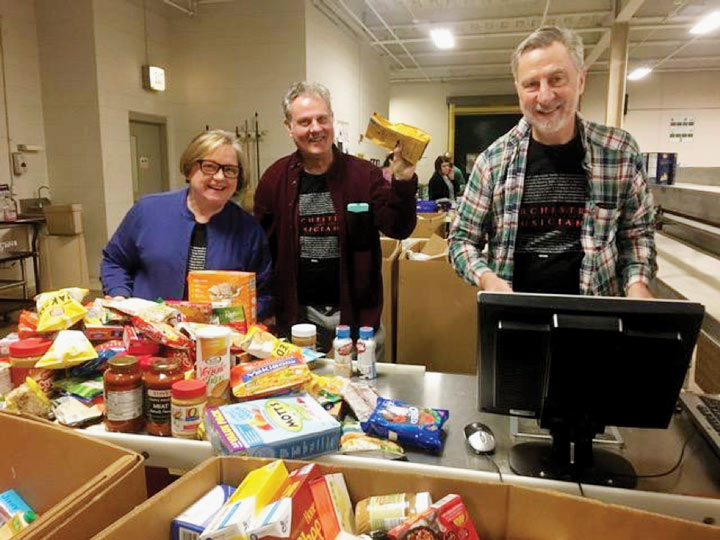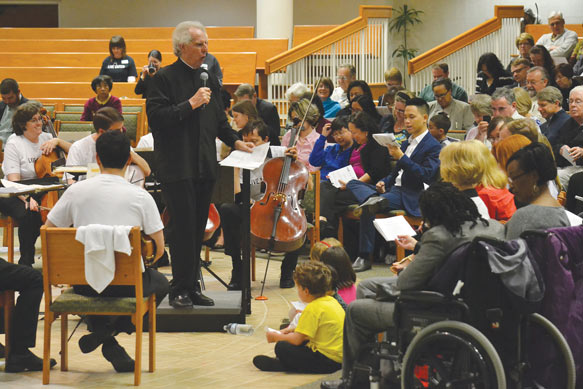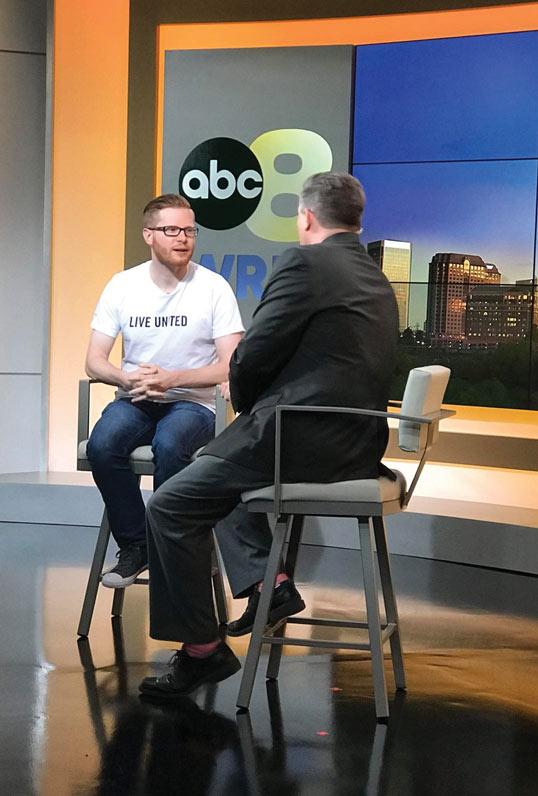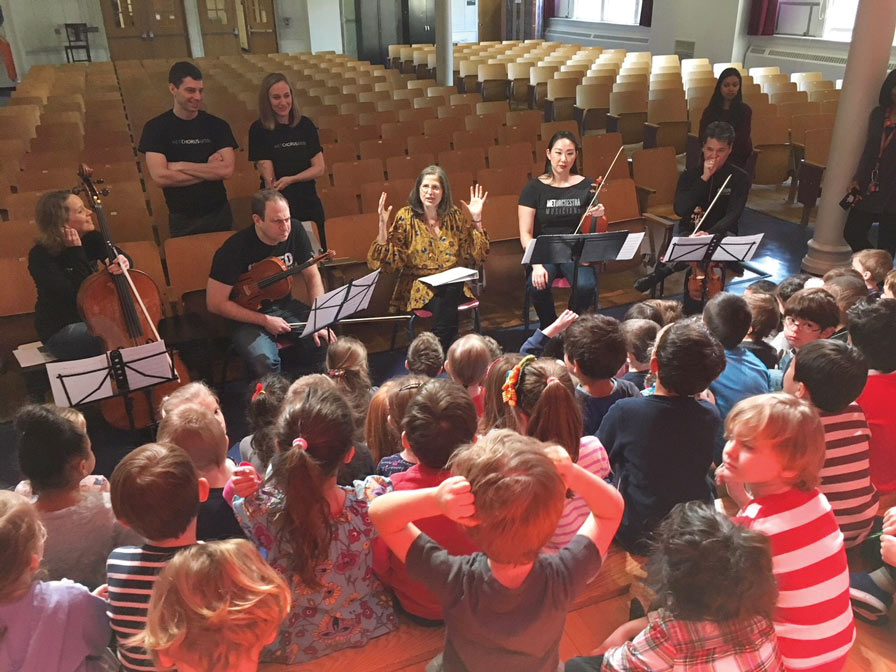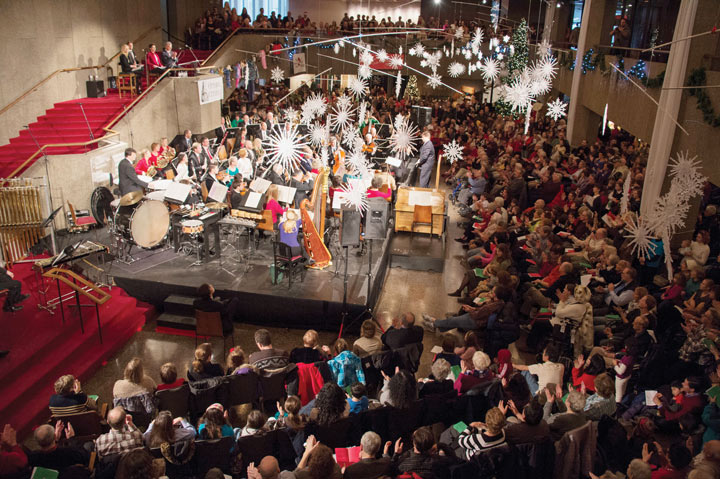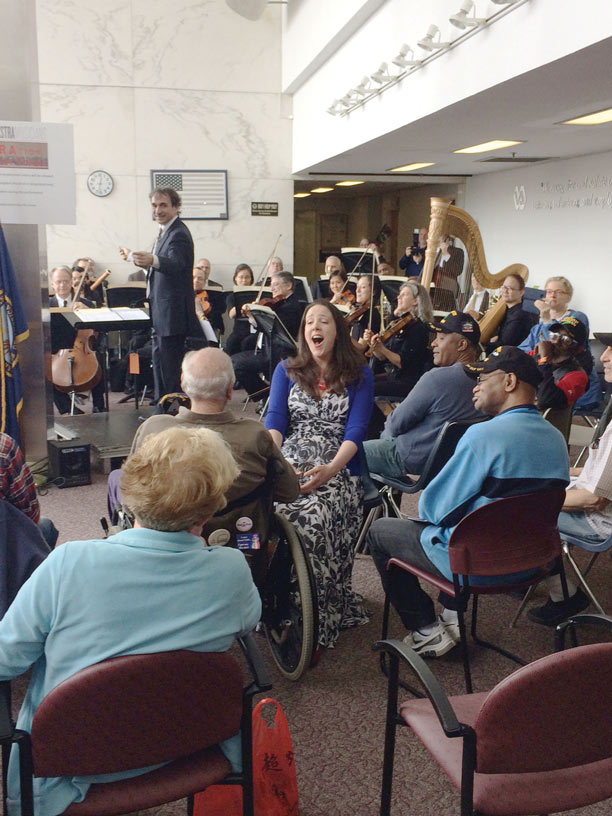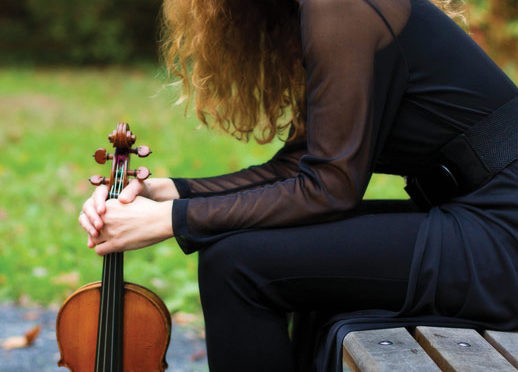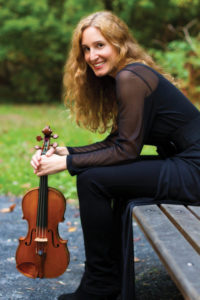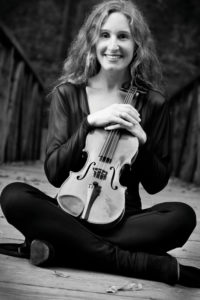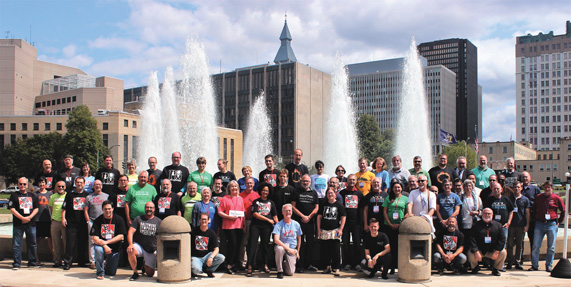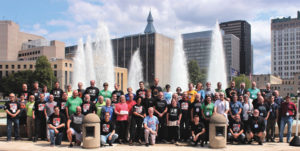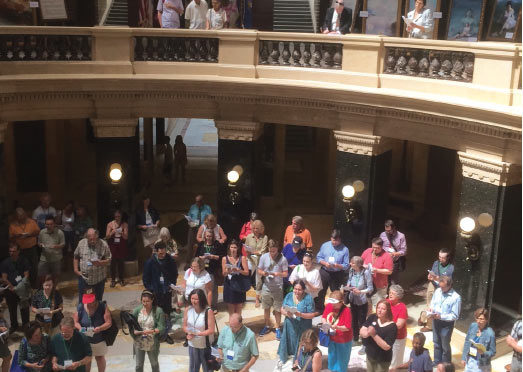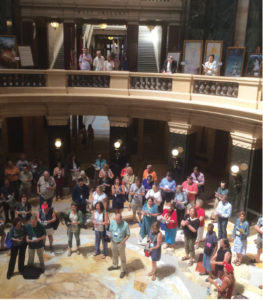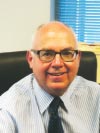by John Michael Smith, ROPA President and Member of Local 30-73 (St. Paul-Minneapolis, MN)
After surveying our Regional Orchestra Players Association (ROPA) orchestra delegates and local officers, the ROPA Executive Board made the decision that we were not ready for an in-person annual conference this summer. As a result, the 38th annual ROPA Conference will be virtual, as it was in 2020. We have kept the dates approximately the same, July 26-29.
We know that we can produce a successful virtual conference, and the response to last year’s virtual conference was overwhelmingly favorable. The big plus for a virtual conference is that many more ROPA orchestra members, local officers, and friends, who otherwise would not be able to, can attend.
Last year over 300 registered and our daily attendance often approached 200 participants. We have again amended our contract with the Hilton Orange County/Costa Mesa Hotel and are planning an in-person 39th annual 2022 ROPA Conference in Orange County. Third time’s the charm! Let’s hope the pandemic is but a memory by then.
We plan to have a very similar agenda and guest speaker list as for our previous conferences. We will have speakers in the areas of diversity, musician health and wellness, and understanding orchestra financials. We will be working with the AFM Symphonic Services Division to hold a negotiations workshop for those orchestras who will be negotiating this upcoming season.
COVID took a serious toll on musicians and our organizations, both spiritually and financially. The joy and satisfaction of performing with colleagues for streaming projects during the past year is now moving in the direction of performing in front of live audiences, especially for outdoor concerts. We have a new appreciation for what we do and the joy it brings to ourselves and our colleagues, and to the audiences that we have so missed playing for.
With reduced services and income, AFM musicians and our locals have suffered financially, and those resources have been stressed. We received some assistance—many of our orchestras continued to pay wages, governmental assistance in the form of PPP funds, and now programs of the American Rescue Plan.
Most orchestras have been working toward getting back to season performance, income levels, and collective bargaining agreements we had before the pandemic. But some uninspired orchestra managers and boards have tried to use the pandemic to reset the table in agreements with their musicians. The Fort Wayne Philharmonic and Colorado Springs Philharmonic are two ROPA orchestras who have taken that low road.
I often hear people talking about getting back to normal. However, in the areas of diversity, equity, and inclusiveness, we have had our eyes opened to systemic racism and white supremacy that continue to be part of this country, even with all the events, awareness, and focus that have called these negative ideas out. In this area, we shouldn’t go back to “normal,” but own up to our past and move forward in a positive direction.
The ROPA EDI Workgroup, created at last year’s annual conference, is looking at ways our ROPA musicians can make a difference in our orchestras and organizations and move them in the right direction. We are stronger together!


